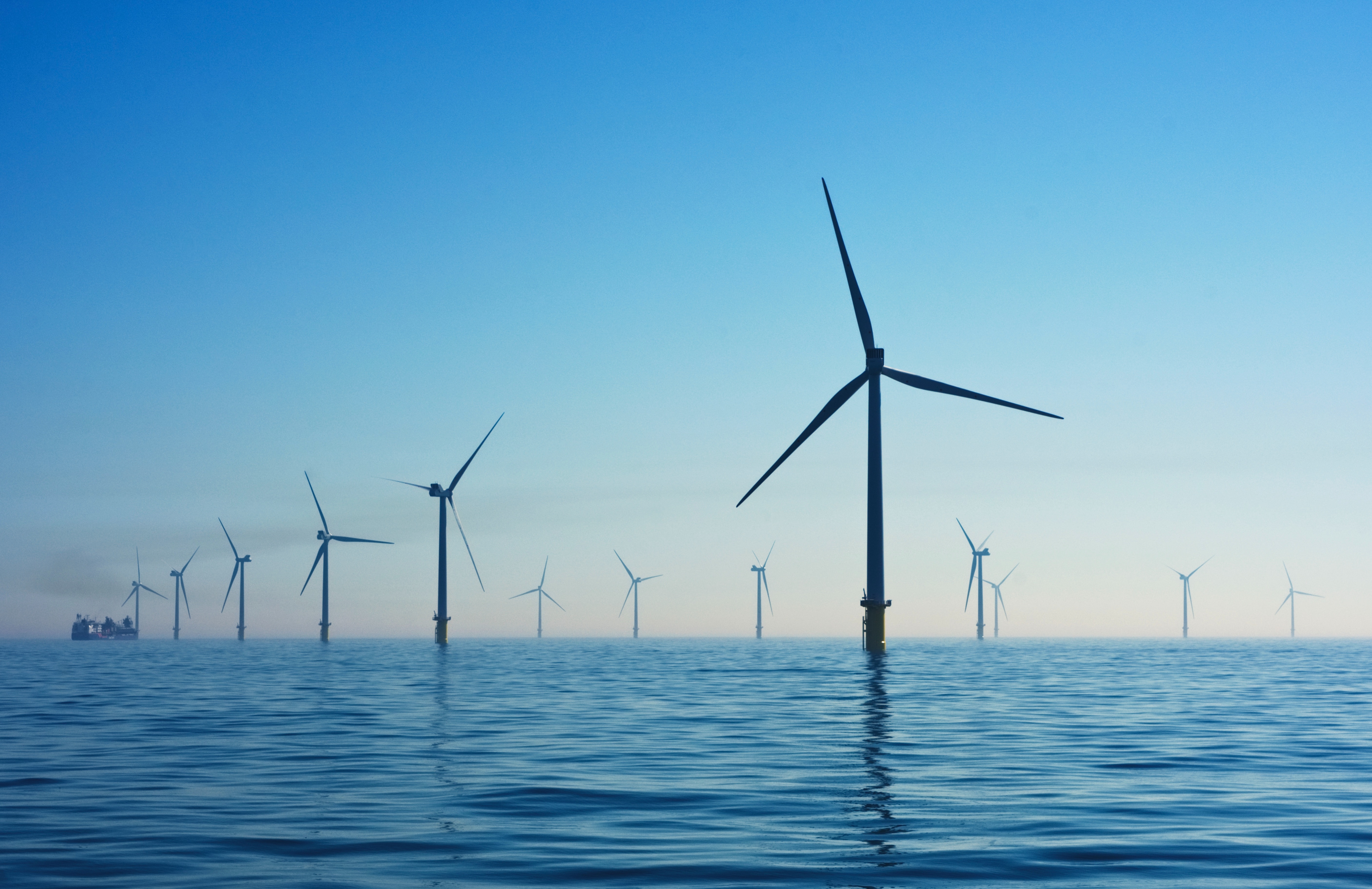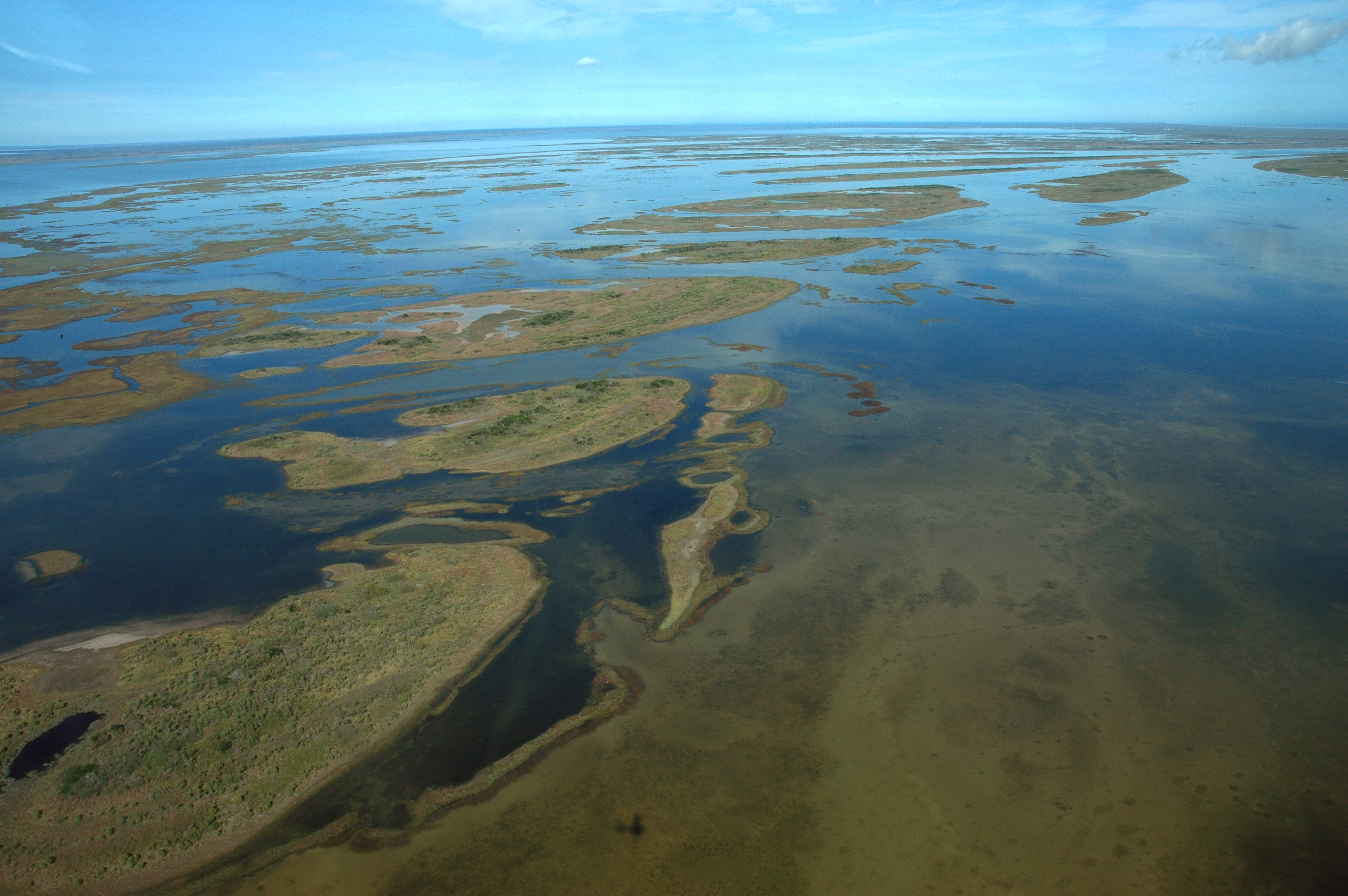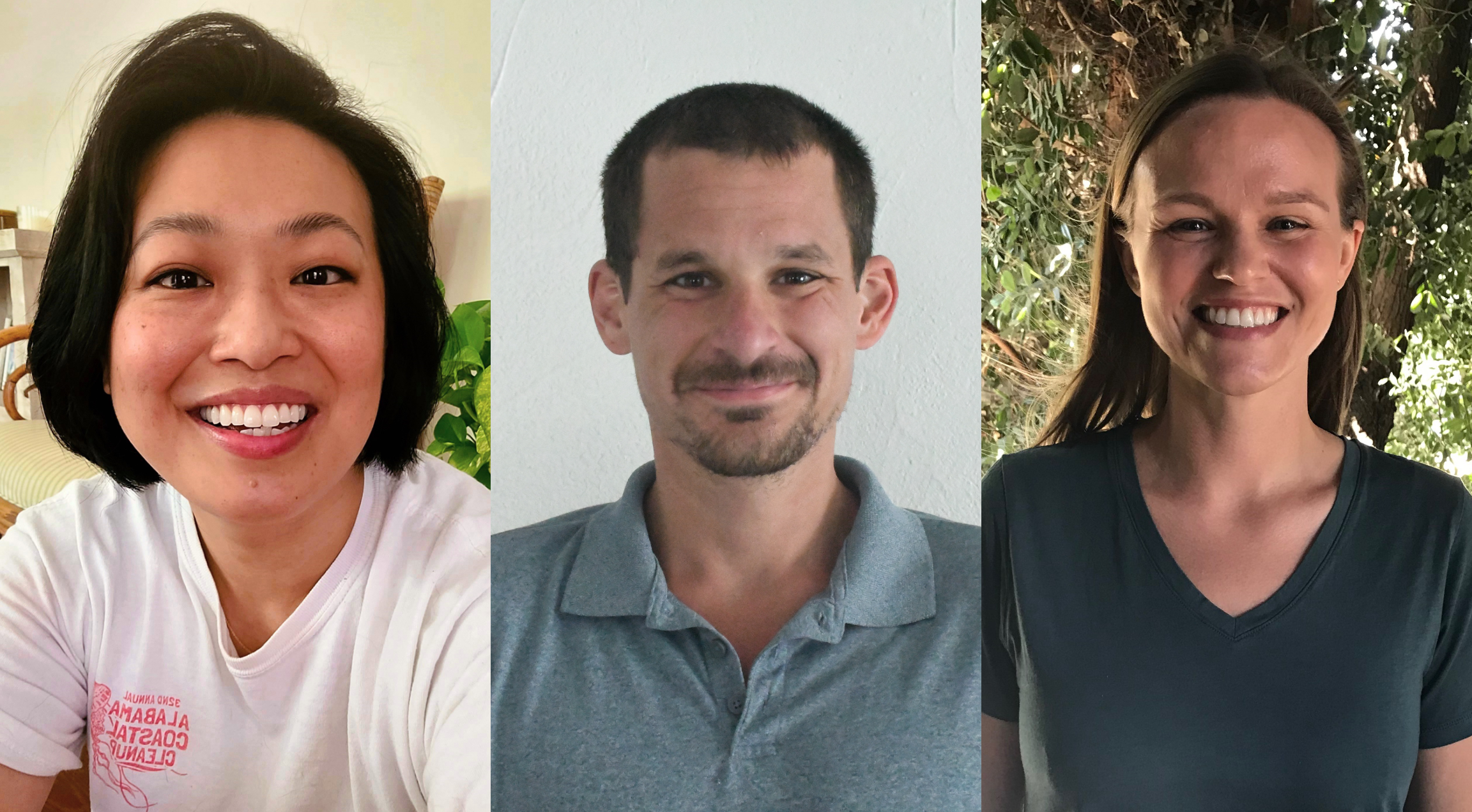A new horizon: Inaugural awards for the Gulf Ecosystem Initiative
NOAA RESTORE Science Program’s mission is focused on the sustainability of the Gulf of Mexico ecosystem. Launched after the Deepwater Horizon oil spill, the project guides ecological research efforts in the Gulf to support vibrant natural ecosystems and maintain the Gulf’s critical natural resources. Fisheries in the Gulf, for example, contribute millions of dollars to the economy and provide 40% of our domestic seafood supply. Ready for the next frontier of data-driven ecological synthesis research, NOAA’s RESTORE Science Program partnered with NCEAS to launch the Gulf Ecosystem Initiative. In its five-year lifetime, this $3.5 million partnership will fund ten working groups and up to eight postdoctoral researchers.
After a competitive external review, two projects and three Postdoctoral Research Fellows were selected from the 2023 call for proposals. “These awards are an exciting investment in synthesis science that supports the sustainability of the Gulf of Mexico ecosystem,” said Nicole LeBoeuf, Director of NOAA’s National Ocean Service. “Through these projects, we hope to gain a better understanding of the factors that influence the health of natural resources in the region, especially in the context of a rapidly changing climate.” Over the course of the next two years, these teams will work on projects related to offshore wind development and estuary resilience to severe weather to support data-driven management decisions in the Gulf of Mexico.

Guiding the Gulf’s Wind Economy
Dr. Holden Harris of the NOAA Southeast Fisheries Science Center and University of Miami Cooperative Marine and Atmospheric Studies will lead one working group focusing on offshore wind development. Last year, the Bureau of Ocean Energy Management (BOEM) designated its first two wind energy areas for leasing in the Gulf of Mexico, totaling almost 800,000 acres. This comes on the heels of a hefty pledge—the Biden administration announced a 30 GW wind energy target by 2030. According to Harris, “That’s an incredible amount of energy production, and their goal is that half of this will come from offshore wind. The scale is truly staggering.” Building up this industry would have its payoffs: creating jobs, reducing dependency on foreign oil, decarbonizing energy production, and generating an estimated $12 billion in capital investments. It will also have complex impacts on the ecology and fishing communities in the Gulf of Mexico. Harris speaks to this unique moment in history, where sites have been designated but no turbines have been installed: “It’s like having a time machine to go back to 1942, before six thousand oil and gas platforms were built in the Gulf. Offshore wind will be the next major human intervention on the ecosystem, and we have an opportunity to guide its development and management.”
Their working group will synthesize ecological and fisheries data to guide management for the Gulf’s soon-to-boom offshore wind industry. They are especially interested in the impacts to fisheries. On their coming challenge, Harris highlighted that “it gets really, really complex trying to understand and manage the interactive and cumulative effects of many ecosystem stressors. That’s why it’s critical to synthesize ideas and information from the broad diversity of scientific interests.” Harris’ team includes experts in ecology and fisheries science, federal and state decision-makers, and representatives from recreational fishing and commercial shrimping industries. Togethery, they will synthesize data and ideas for how species, food webs, and fishing dynamics may change due to proposed offshore wind development. Harris hopes their efforts will provide a data driven, long-term guide to offshore wind development in the Gulf of Mexico without compromising ecosystem health, fisheries, and other marine ecosystem services.

Weathering Estuary Storms
Dr. Christopher Biggs, a marine scientist at the University of Texas at Austin heads another working group funded in our 2023 cohort. His team will focus on severe weather impacts on fisheries in two expansive Gulf ecosystems: the Mission-Aransas estuary and the Galveston Bay, both in Texas. Estuaries like these are considered some of the most vulnerable places in the world to climate change. Indeed, events like the 2017 Hurricane Harvey that inundated estuaries with fresh water drove rapid declines in oyster populations, leaving resource managers and fishers reeling from the sudden loss. Biggs stresses the need for synthesized data to move beyond reactionary decision-making: “I believe that our project will provide much needed insight to the long-term effects of these events with regards to fishery resources. My hope is that our project outputs will provide information and tools that allow managers to more effectively mitigate long-term impacts and maintain sustainable fishery populations.”
To do so, Biggs assembled a team that spans researchers, managers, and conservationists – each bringing unique experiences, perspectives, and data to the project. “I am most inspired by the diversity of our team members and the extensive datasets they are contributing. One of the primary benefits in this collaboration is leveraging the relatively disparate data covering so many ecosystem components to create a near total analysis.” Their holistic approach will combine and integrate existing information on water quality, fisheries health, and more into ecosystem models. The group is optimistic that their products will directly inform Gulf of Mexico management actions around severe weather like hurricanes, floods, droughts, and freezes.

A Trio of Postdoctoral Scholars
Three postdoctoral researchers will also join the 2023 Gulf Ecosystem Initiative cohort: Ph.D. candidate Mai Fung from the University of South Alabama, Dr. Shayna Sura from Dauphin Island Sea Lab, and Ph.D. candidate Ray Czaja from Stony Brook University. Each researcher will pursue an independent synthesis project while they work alongside one or more of the funded working groups. On this cluster hire, NCEAS Director Ben Halpern commented, “NCEAS has long been a supportive and inclusive place for postdocs to learn, accelerate their research, and grow their careers. The cohort model of having diverse people with different expertises and experiences is really powerful, and we're excited to bring that model to our collaboration with NOAA.”
Mai Fung’s project is a natural fit with the estuary working group, and she hopes to move beyond Texas waters for her independent project. “I'll be focusing on determining the dominant climate signals that drive chlorophyll trends and whether they are different for the Gulf of Mexico versus the rest of the U.S.” She hopes her synthesis work across estuaries will elucidate concrete relationships between climate and primary producers — signals that she started untangling during her Ph.D. at the University of South Alabama. Fung cultivated a deep connection to the Gulf during her doctorate through research and outreach. On her move to Santa Barbara, she noted this coming shift: “The Gulf is such an interesting and impactful system, and I'm glad that I will be able to continue working in the region. But I will miss living on quiet little Dauphin Island in Alabama, with the Gulf always to my south.”
Also from Dauphin Island is postdoctoral scholar Dr. Shayna Sura, who’s independent project will investigate tropical fish and their inundation of the Gulf. Sura explained “Because the Gulf of Mexico is landlocked to the north, the endemic fish communities cannot retreat northwards.” With rising temperatures, tropical fish species have started to arrive in Gulf waters. Sura hopes to better understand how their appearance will impact existing fisheries, with direct impacts to policymakers in the region. In addition to diving into big data, Sura expressed readiness to collaborate with her cohort and other Gulf researchers: “I’m excited to join a community of postdocs and researchers at NCEAS and to integrate with working groups. It’s an opportunity to really connect my research with conservation and management decisions.”
Ray Czaja is also eager to return to Gulf of Mexico research for his postdoc, stressing that “the cultural and economic importance of the Gulf of Mexico has always attracted me.” Following his master’s in seagrass ecology and doctorate in oceanography, Czaja will study Gulf of Mexico planktonic food webs at NCEAS. His project will focus on multiple finfish fisheries to model “bottom-up processes that predict the distribution and abundance of finfish larvae.” He hopes that this synthesis effort, which combines his skills in fisheries ecology and quantitative statistics, will provide meaningful projections for Gulf decision-makers.
Written by NCEAS Science Communication and Policy officer Alexandra A Phillips, in coordination with the NOAA RESTORE Science Program’s press release, which can be found online.
